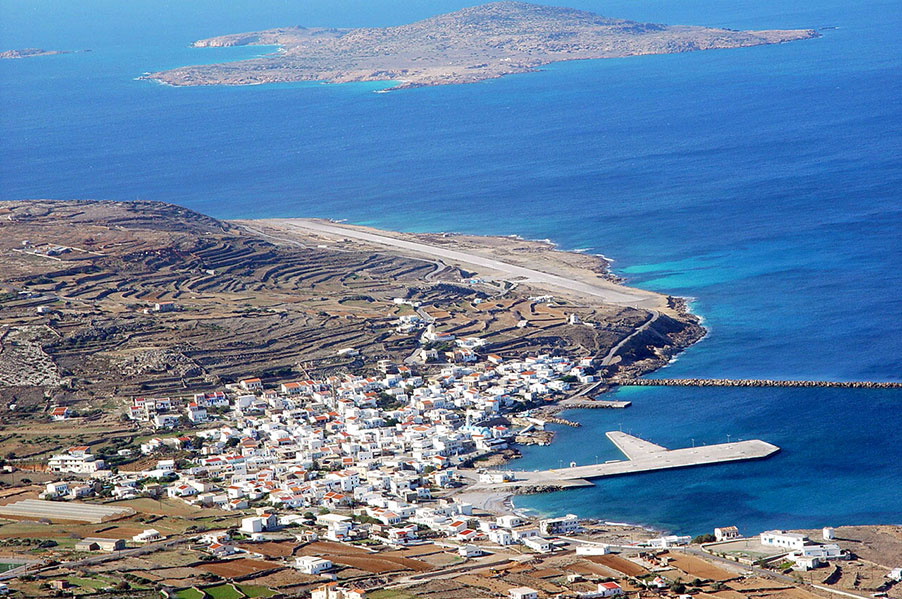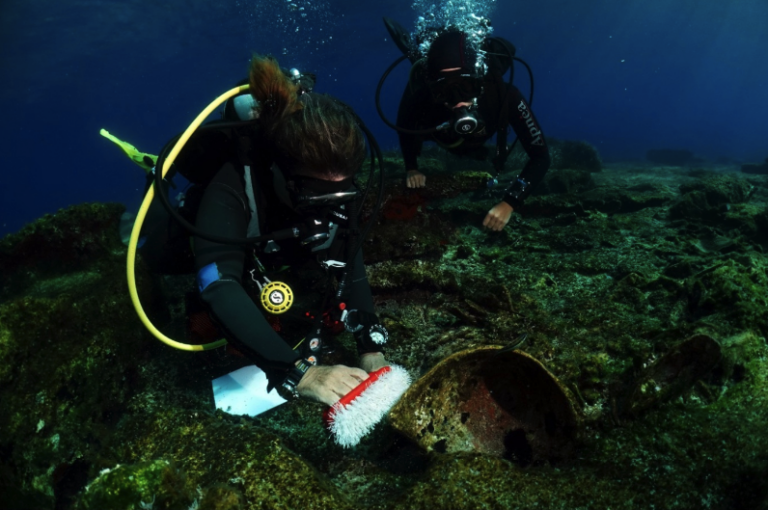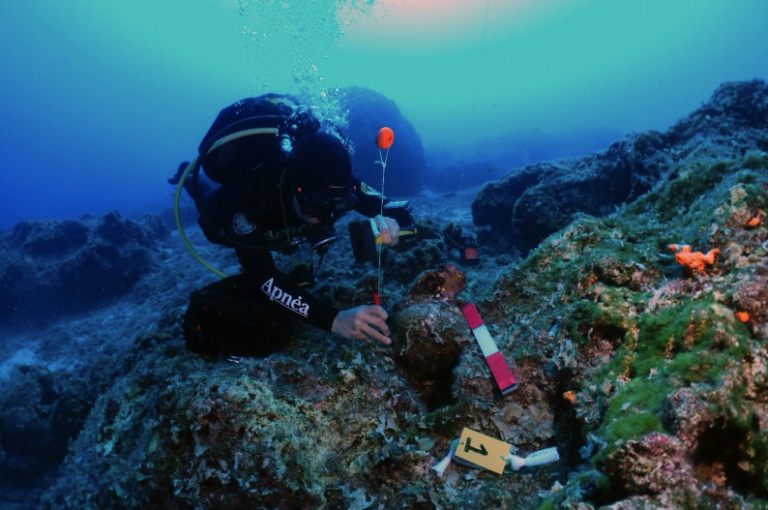
Greek archaeologists find 5,000-year-old shipwrecks in the Aegean Sea
Archaeologists in Greece have made an exciting discovery near the island of Kasos, located in the southern Aegean Sea.
Kasos (Greek: Κάσος), mentioned in Homer’s Iliad, is an island southwest of Crete and northwest of Karpathos.

Since 2019, the National Hellenic Research Foundation research team, working in collaboration with the Ministry of Culture, has discovered 10 shipwrecks during four research missions.
These shipwrecks belong to the Hellenistic, Roman, Byzantine, Medieval and Ottoman periods, dating from 3000 BC to 300 AD.

The wrecks include ships that were transporting goods from Spain, Italy and the African coast. These discoveries are of great importance as they provide significant insights into ancient maritime trade routes and shipbuilding technology.
Among the shipwrecks discovered are:
A Bronze Age shipwreck dated to 3000 BC
A Classical Greek shipwreck dated to the 5th century BC
A Roman merchant ship dated to the 1st century AD
A Byzantine warship dated to the 12th century AD
An Ottoman ship dated to the 15th century AD

The Greek Ministry of Culture has announced a significant development in the field of underwater archaeology. Using modern technological equipment, shipwrecks and findings have been thoroughly examined and documented.
Over 20,000 underwater photographs have been taken, allowing for the creation of a digital archive of the wrecks and findings. Researchers, who dove to depths of up to 50 meters, discovered important artifacts such as Spanish Dressel 20 amphorae with seals dating back to 150-170 AD, drinking vessels, African-origin Roman terra sigillata jars, and a stone anchor from the Archaic period.
At the same time, the mapping and bathymetry of the Kasos-Karpathos reef and the Karpatholimnion area was carried out for the first time using a side-scan sonar.
These discoveries are of great importance as they provide new insights into maritime trade routes and ancient maritime technology in the Aegean Sea.
You may also like
- A 1700-year-old statue of Pan unearthed during the excavations at Polyeuktos in İstanbul
- The granary was found in the ancient city of Sebaste, founded by the first Roman emperor Augustus
- Donalar Kale Kapı Rock Tomb or Donalar Rock Tomb
- Theater emerges as works continue in ancient city of Perinthos
- Urartian King Argishti’s bronze shield revealed the name of an unknown country
- The religious center of Lycia, the ancient city of Letoon
- Who were the Luwians?
- A new study brings a fresh perspective on the Anatolian origin of the Indo-European languages
- Perhaps the oldest thermal treatment center in the world, which has been in continuous use for 2000 years -Basilica Therma Roman Bath or King’s Daughter-
- The largest synagogue of the ancient world, located in the ancient city of Sardis, is being restored











Leave a Reply